Top 10 IT & Technology Buzzwords You Won’t Be Able To Avoid In 2020
datapine
NOVEMBER 19, 2019
No matter if you need to conduct quick online data analysis or gather enormous volumes of data, this technology will make a significant impact in the future. While we’ve seen traces of this in 2019, it’s in 2020 that computer vision will make a significant mark in both the consumer and business world. Internet of Things.



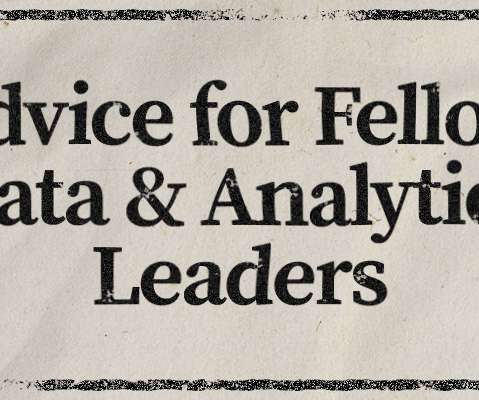
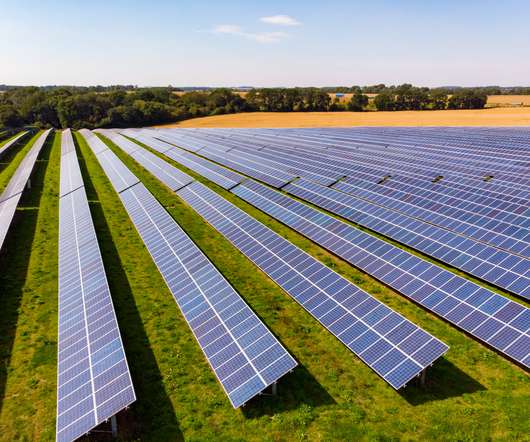

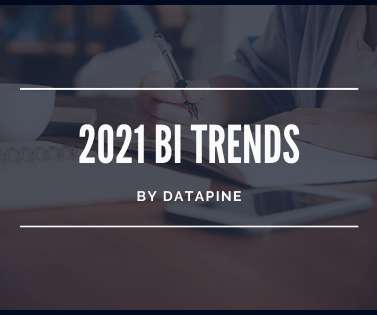







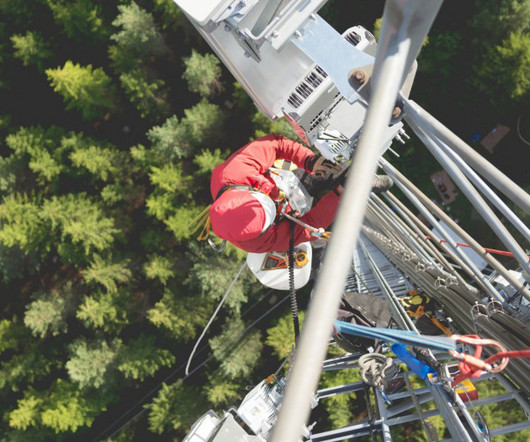



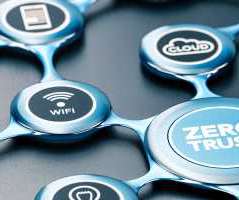










Let's personalize your content